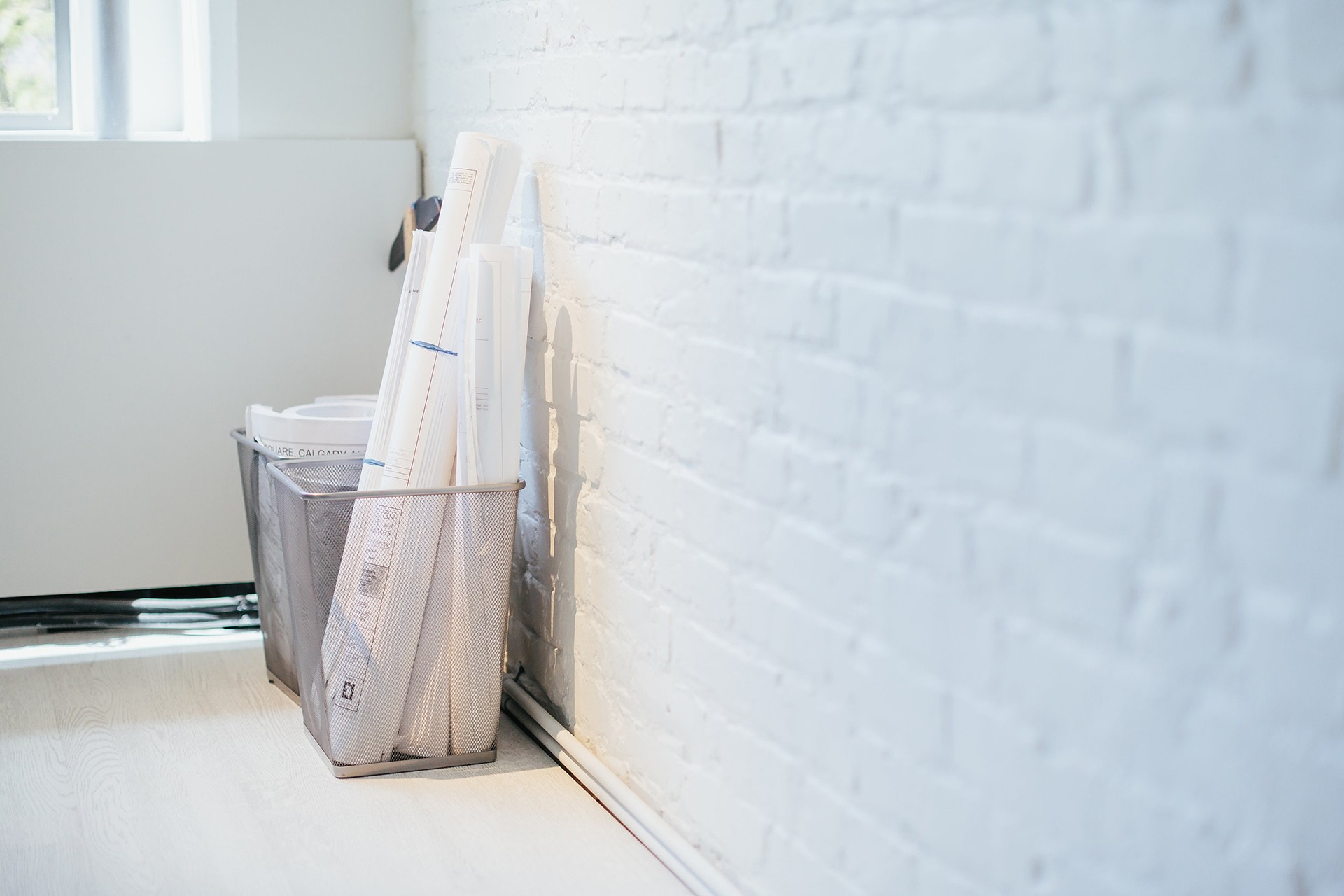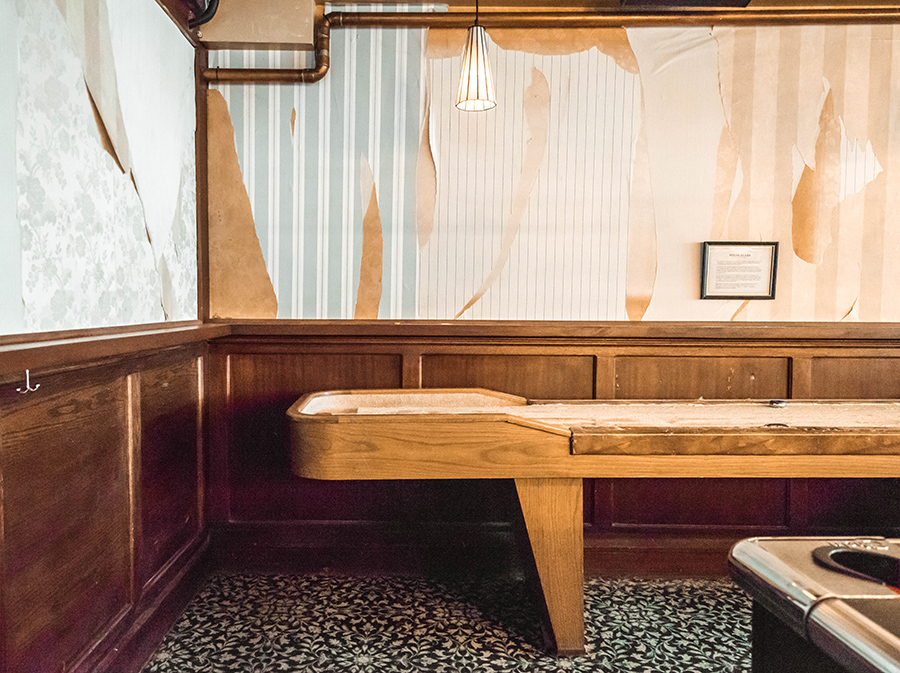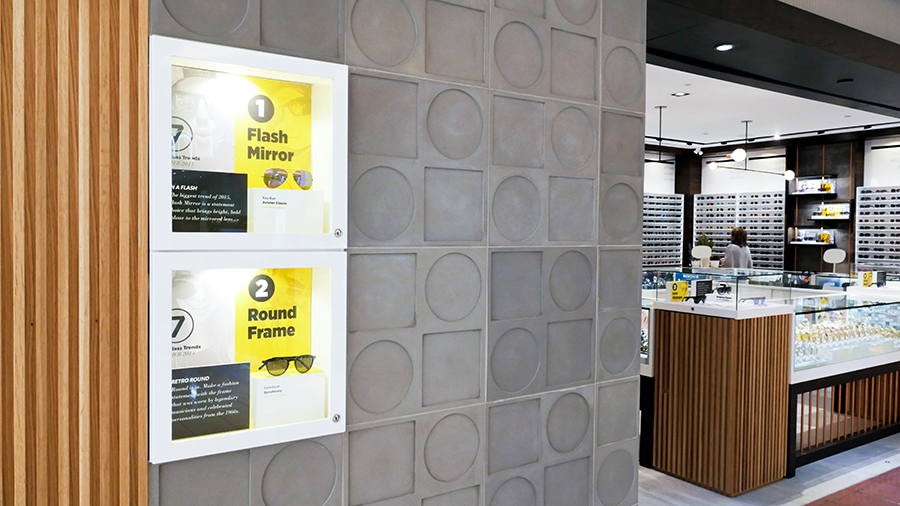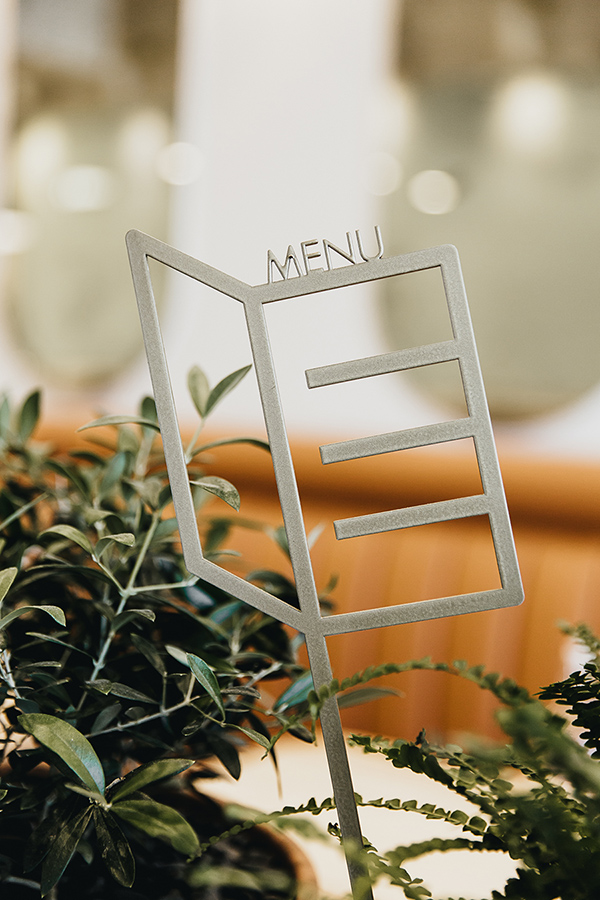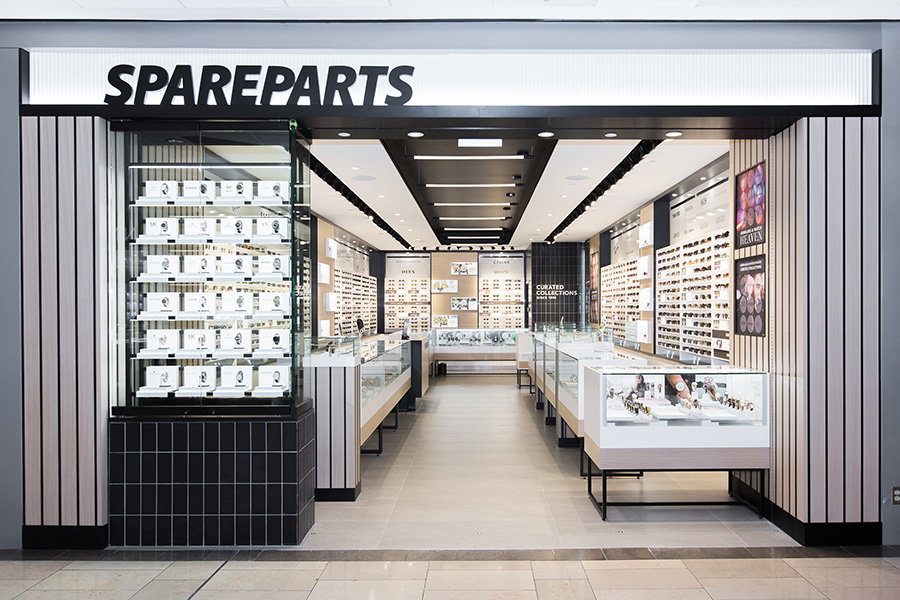Value Engineering: Which Interior Design Features Should You Spend or Save On?
When planning your interior design project, which design features and services are worth spending money on and which aren’t?
The real question is – what do you want to emphasize and why? If you give this some serious thought, answering the first question should be a little less daunting.
We admit, it’s a little more complicated than that, but overall we do advise our clients to spend money on custom items, and keep it simple and inexpensive where they can. Typically in the back of house areas, washrooms, the interior of millwork, and hardware that isn’t visible to customers is where value engineering can exist.
Ultimately, the quality of the materials will reflect either positively or negatively on the brand. If you’re going to value engineer your design or try to find less expensive alternates for a special design feature, ask yourself whether or not this is an item that the customer will interact with while in the store. If it is, more money should probably be allocated to it. If it is your store staff who will be using it, the finishes may be less important and need less attention and money spent.
Here is an important principal to follow:
The design intent or operations requirements should not be compromised in the value-engineering process.
This article has some general insights and tips which will be useful to those of you who may be executing a project on your own, however we highly recommend that you consider working with a professional designer or consultant. Doing so can allow you to go much deeper on the value engineering, while simultaneously protecting the integrity of your project.
Lighting
Lighting can be complicated and costly, so if you’re planning on saving money on lighting, be smart about it – consult a professional. Don’t compromise the CRI (colour rendering Index). In a retail setting, this is arguably the most important quality of the light. The higher the CRI, the more accurate a product’s colour will look under that light. Sometimes with cheaper lighting, the CRI drops significantly. This will result in your space looking dull and uninviting.
Millwork
I have seen so many stores at the end of a 10 year lease whose millwork is a complete disaster. What was once a glossy white MDF lacquered cash desk slowly becomes a scratched, chipped skeleton of a composite wood panel. Maintaining quality materials in heavy-traffic customer-facing areas is a must! Longevity is important to consider when it comes to finishes, and must be considered. Spend money on good materials, and save money on the interior of the cabinets by using melamine instead of laminate or wood. A good rule of thumb is that you can save money on hardware that isn’t visible to the customer, as long as it’s functional and good-quality. Although details like this may seem unnecessary when value engineering they play a tactful role in your users overall experience.
Signage
On the topic of your users experience, signage will be the first thing your customers notice about your store when done right. If you don’t spend money on signage, done by a professional, it will be noticeable. Do not make your own signage! Signage lighting can also determine the response of your customers. It’s what guides them, it adds a subtle flare and can ultimately light the façade!
General Value Engineering Tips
A good rule of thumb is that in today’s creative society you can almost find a cheaper alternative to anything.
Here are a few trade secrets we found value in:
- Wood-looking vinyl plank flooring is a good alternative to hardwood flooring. There are many great manufacturers producing heavy traffic commercial quality vinyl planks that are very convincing as hardwood alternates, usually costing at around 10% of the price.
- Use existing base-building shell characteristics where possible. ie: polish the existing concrete floor instead of covering it with a brand new flooring material, keep historical elements / fixtures.
- If you are rolling out multiple stores, purchase materials in bulk. You can negotiate better deals with your material suppliers based on the fact that you’ll be opening multiple stores. (ie lighting or tile)
- Open ceiling vs closed ceiling: consider partially dropped areas instead of paying for the install of a whole ceiling.
Think outside the box – your designer should be able to specify alternates. The design intent or operations requirements should not be compromised in the value-engineering process. It’s more important to design in a smart way with an understanding of your budget up front. It’s our job to help educate you on the specifics from there.


